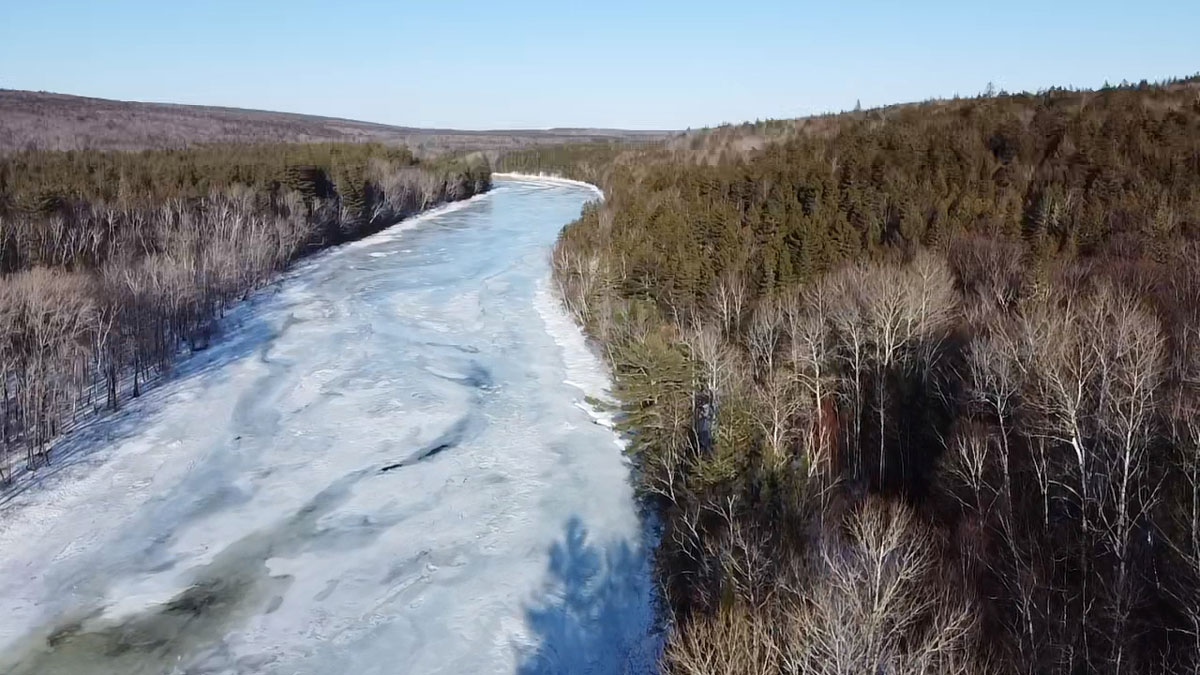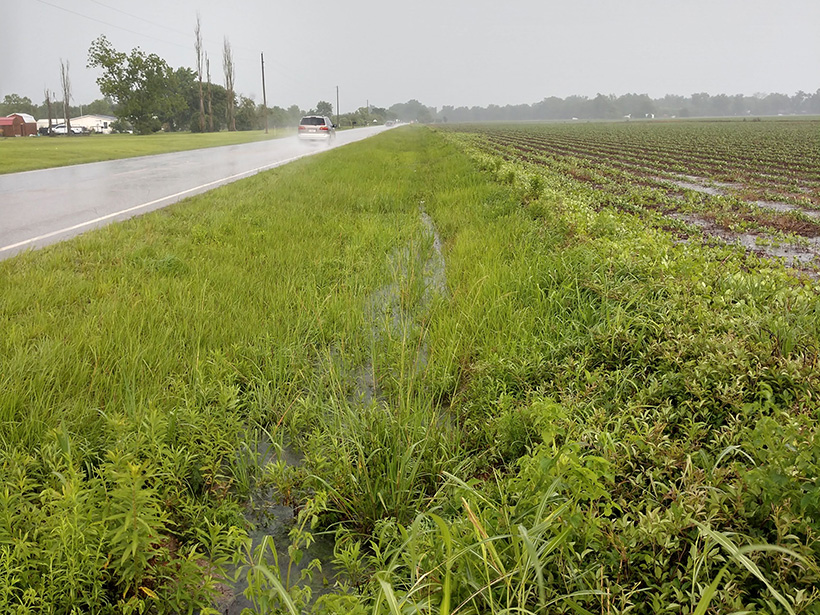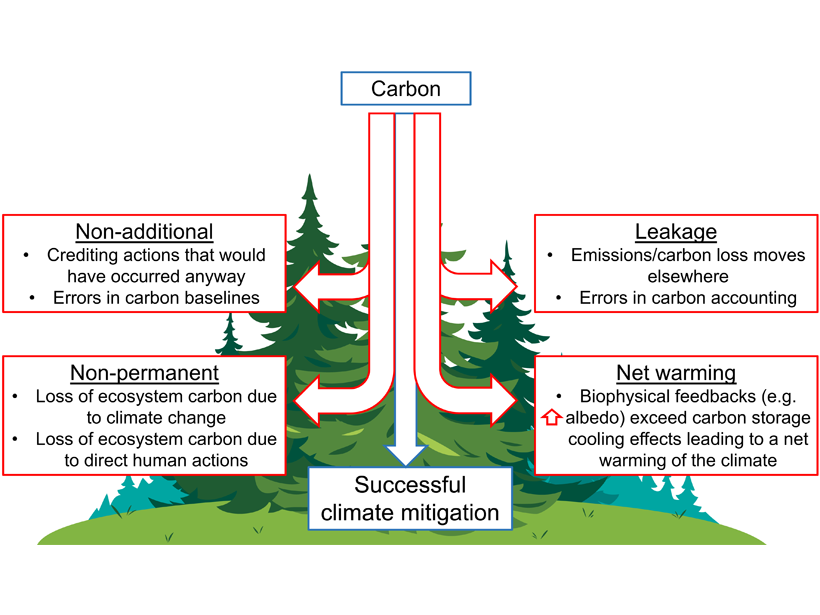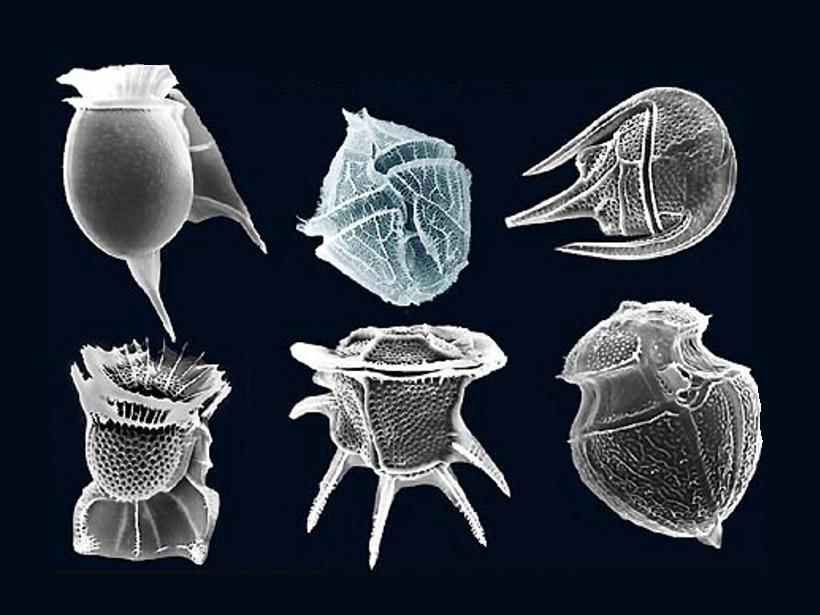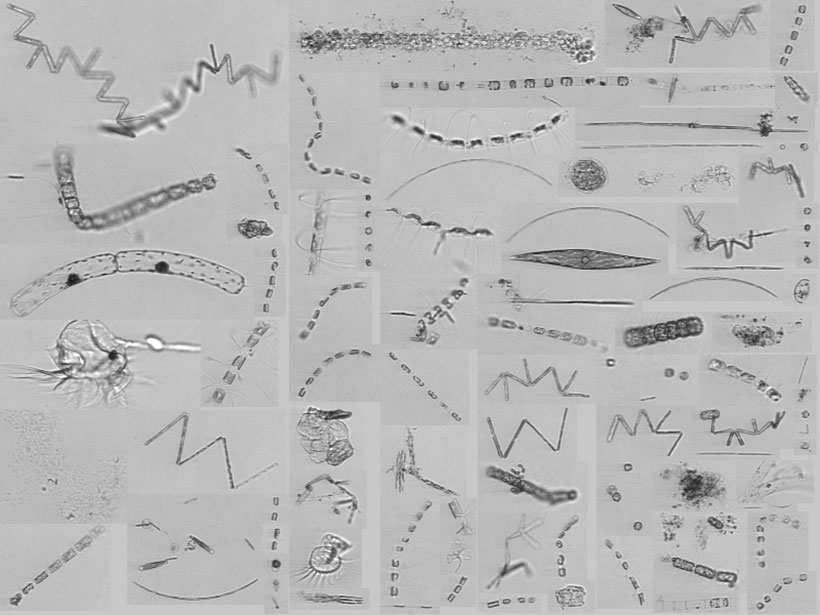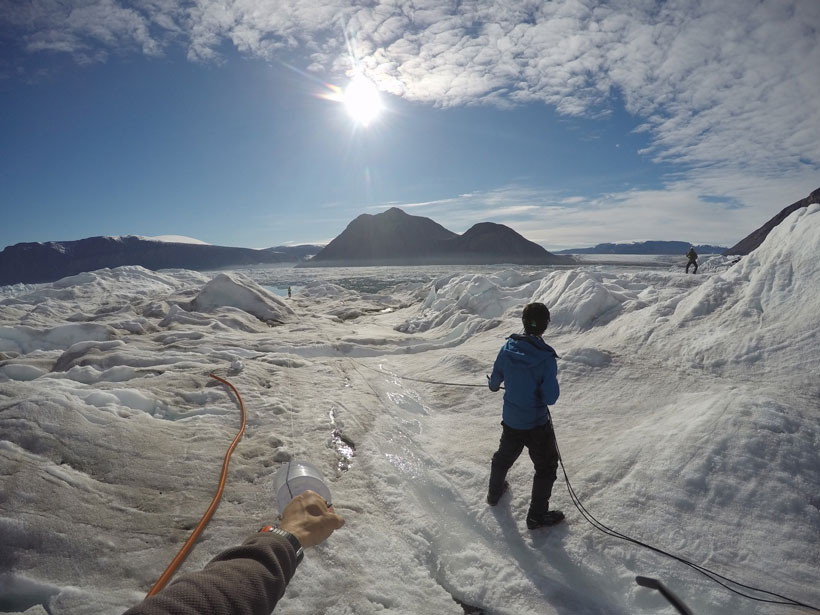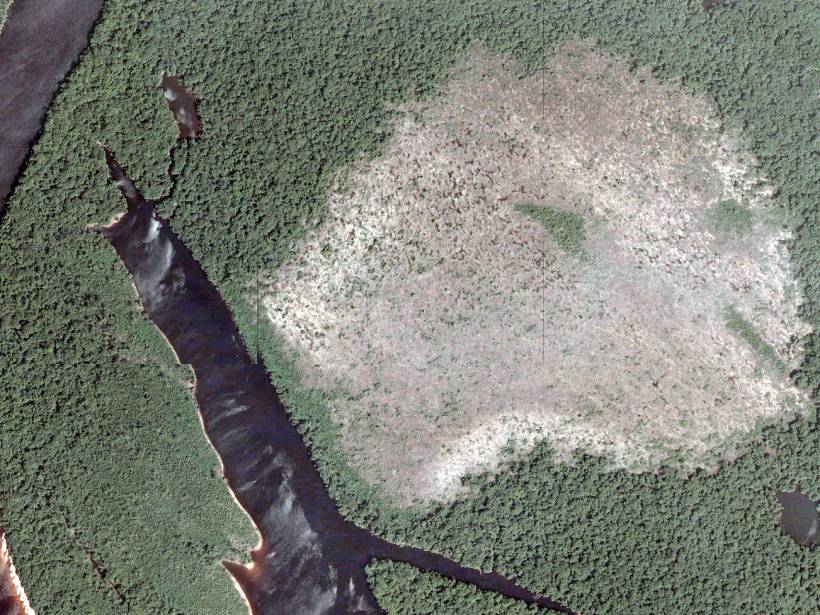As river ice cover decreases, the physical and biological changes to river ecosystems vary with the watershed characteristics and river size.
ecosystems
Could AI Be Useful for Arctic Communities Facing Sea Ice Loss?
The forecasting tool IceNet promises to be a useful tool for evaluating sea ice loss in the Arctic. But ethical and logistic considerations have to be taken before scientific and Indigenous communities start working together.
Roadside Ditches Are Effective at Nitrogen Removal
Researchers compared the nitrogen removal potential by microbes in ditches that drained forested, urban, and agricultural lands and discovered that roadside ditches are important areas for removing nutrients.
Permanence of Nature-Based Climate Solutions at Risk
Conserving native ecosystems helps sequester carbon and mitigate climate change, but new statistical modeling questions the permanence of California’s carbon-rich forests with climate change.
El papel del fitoplancton de tamaño medio en la bomba biológica de la Tierra
Una nueva investigación revela que el nanoplancton podría tener una mayor influencia en el ciclo del carbono de lo que se pensaba.
NEON Lights a Path for Sustained Ecological Observations
Resources and data offered by the National Ecological Observatory Network are supporting researchers investigating critical ecosystem changes across the country.
Gulf Stream Intrusions Feed Diatom Hot Spots
Previous research suggested that the intrusion of low-nutrient Gulf Stream water into the Mid-Atlantic Bight would reduce productivity, but a new study finds that it can also lead to chlorophyll hot spots.
The Chaos Beneath a Glacier’s Calving Front
For the first time, researchers have captured continuous data on the abrupt changes and activities happening at a glacier’s calving front.
Amazon Forests Are Turning into Savannas
Floodplain forests have low resilience to repeated exposure to wildfires. As climate change increases the instances of fires, forests may transform to less productive grassland ecosystems.

